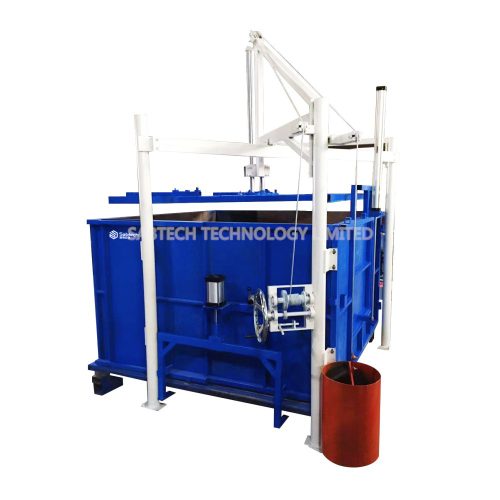1.Materials
Commonly used materials include cast aluminum alloy, epoxy resin, and aluminum-magnesium-silicon alloy as the main materials.
The selection and substitution of primary materials must be confirmed by the customer.
Temperature-controlled moving blocks (such as sliders) should ideally have the same material as the main body or the same thermal conductivity.
2.Foam Leakage
Under normal circumstances, foam leakage areas are not allowed, and a sealed structure needs to be designed. If there are special structures and locations on the product where foam leakage is difficult to avoid, clear measures must be defined, confirmed by the customer, and subsequent handling methods agreed upon.
Leakage should not compromise the performance of any device, for example, cylinders or inductive switches on sliders.
3.Joints
Typically, joints are selected according to customer standards or requirements. If the customer does not specify, joints are generally selected based on the brand of the pneumatic components used. Joints for water, air, vacuum, etc., should be securely fixed and tightly sealed; external interfaces must be confirmed with the customer.
4.Maintenance
In cases where disassembly is not required, the mold must be capable of the following operations:
Replacement of inflatable seals and hard seals, and the substitution of skeleton vacuum suction cups are designed for easy cleaning of leakage. The vacuum loop and true holes must be accessible for cleaning to address situations where foaming occurs in the absence of skin or framework, causing foam material to flow into vacuum holes and circuits.
5.Mold Action Sequence
Prepared according to customer action and control requirements and confirmed by the customer.
6.Pneumatic Components
The selection of pneumatic components is based on customer standards or requirements. If the customer does not specify, pneumatic components are generally selected based on the mold grade.
7.Pressure Plates
Both upper and lower molds must have pressure plates installed. After closure, the pressure exerted downward by the upper mold is entirely borne by the pressure plate on the lower mold. Choose the appropriate pressure plate based on the size of the mold.

